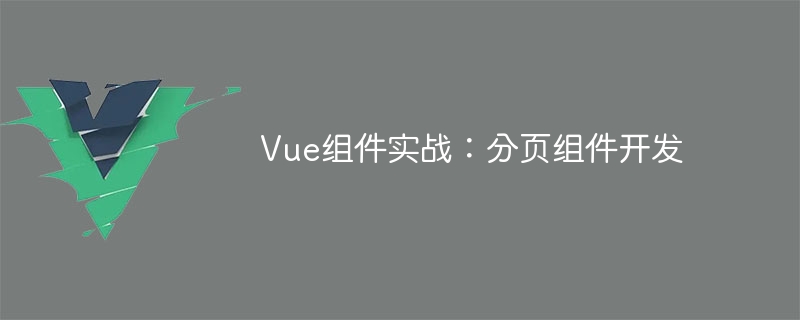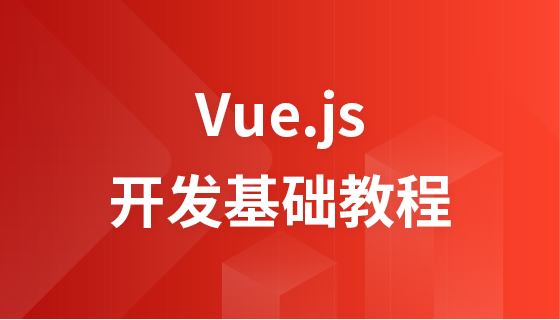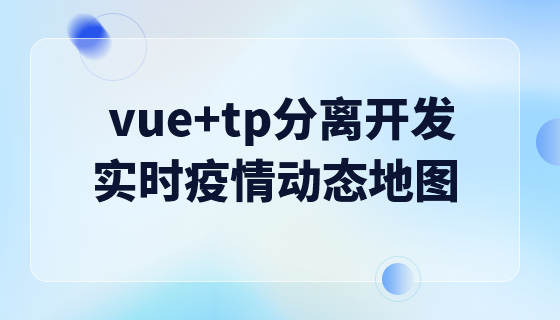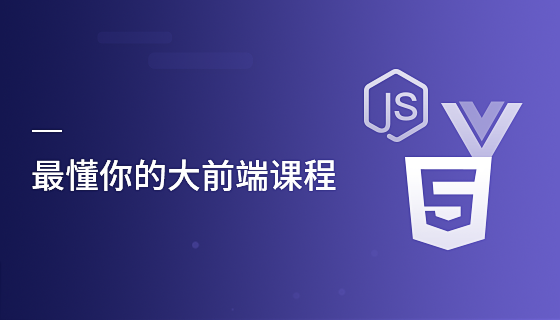
Vue元件實戰:分頁元件開發
介紹
在網路應用程式中,分頁功能是不可或缺的一個元件。一個好的分頁元件應該展示簡潔明了,功能豐富,而且易於整合和使用。
在本文中,我們將介紹如何使用Vue.js框架來開發一個高度可自訂化的分頁元件。我們將透過程式碼範例來詳細說明如何使用Vue元件開發。
技術堆疊
#開發環境
#分頁元件需求
設計思路和程式碼實作
根據需求,我們將分頁元件拆分為多個小元件來實現。我們需要建立以下3個小元件:
#主頁元件,負責分頁資料和邏輯的處理。向子元件傳遞分頁訊息和回應子元件的事件。
此元件為按鈕元件,用於建立分頁按鈕。
此元件用於建立單一頁面區塊,包含頁標號和狀態。頁面區塊可以是目前頁面或非目前頁面。
接下來,讓我們使用程式碼來實作以上3個元件。
<template>
<div class="pagination-container">
<button-prev :current="current" @onPrev="prev"></button-prev>
<page v-for="page in pages"
:key="page"
:page="page"
:is-selected="page === current"
@on-page-selected="selectPage"></page>
<button-next :current="current" :total="total" @onNext="next"></button-next>
</div>
</template>
<script>
import ButtonPrev from './ButtonPrev.vue';
import ButtonNext from './ButtonNext.vue';
import Page from './Page.vue';
export default {
components: { ButtonPrev, ButtonNext, Page },
props: {
total: {
type: Number,
default: 10
},
current: {
type: Number,
default: 1
},
maxShown: {
type: Number,
default: 5
},
prevText: {
type: String,
default: '上一页'
},
nextText: {
type: String,
default: '下一页'
}
},
computed: {
pages () {
const start = Math.max(1, this.current - Math.floor(this.maxShown / 2));
const end = Math.min(this.total, start + this.maxShown - 1);
return Array.from({ length: end - start + 1 }, (v, k) => start + k);
}
},
methods: {
selectPage (page) {
if (this.current === page) return;
this.current = page;
this.$emit('onPageChanged', page);
},
prev () {
if (this.current > 1) {
this.selectPage(this.current - 1);
}
},
next () {
if (this.current < this.total) {
this.selectPage(this.current + 1);
}
}
}
}
</script>在上面的程式碼中,我們首先import了ButtonPrev、ButtonNext和Page元件。接著,用props方式取得了total, current, maxShown, prevText和nextText屬性,並定義了計算屬性pages,根據當前頁碼(current)和最大頁碼數(maxShown)得到一個包含頁碼數的數組,以在組件中呈現。
我們也定義了selectPage方法,在該方法中,如果頁碼(page)與目前頁碼(current)相同,則傳回或不做任何事情。否則,將新頁碼發出給父元件。
prev()和next()方法用於處理上一頁和下一頁事件,並防止event被回應。
<template>
<button
class="btn-previous"
:disabled="current === 1"
@click="onPrev()">
{{ prevText }}
</button>
</template>
<script>
export default {
props: {
prevText: {
type: String,
default: '上一页'
},
current: {
type: Number,
default: 1
}
},
methods: {
onPrev () {
this.$emit('onPrev');
}
}
}
</script>
<style scoped>
.btn-previous {
border: none;
color: #333;
display: inline-block;
font-size: 16px;
padding: 6px 12px;
margin-right: 5px;
background-color:#fff;
cursor: pointer;
border-radius: 2px;
box-shadow: 0px 1px 3px rgba(0, 0, 0, 0.1);
}
.btn-previous:disabled {
color: #ccc;
cursor: default;
}
</style>在上述程式碼中,我們首先透過props取得了目前頁碼(current)和上一頁按鈕的文字(prevText)屬性。在模版中,使用類別綁定(disabled)控制按鈕使用狀態。定義了一個onPrev方法,該方法觸發父組件的onPrev事件。
<template>
<button
class="btn-next"
:disabled="current === total"
@click="onNext()">
{{ nextText }}
</button>
</template>
<script>
export default {
props: {
total: {
type: Number,
default: 10
},
nextText: {
type: String,
default: '下一页'
},
current: {
type: Number,
default: 1
}
},
methods: {
onNext () {
this.$emit('onNext');
}
}
}
</script>
<style scoped>
.btn-next {
border: none;
color: #333;
display: inline-block;
font-size: 16px;
padding: 6px 12px;
margin-left: 5px;
background-color: #fff;
cursor: pointer;
border-radius: 2px;
box-shadow: 0px 1px 3px rgba(0, 0, 0, 0.1);
}
.btn-next:disabled {
color: #ccc;
cursor: default;
}
</style>在上述程式碼中,我們將ButtonPrev.vue的程式碼複製了一份,稍微改了一下文字和判斷條件。
<template>
<button :class="{ current: isSelected }" class="btn-page" @click="onPageSelected(page)">
{{ page }}
</button>
</template>
<script>
export default {
props: {
page: {
type: Number,
required: true
},
isSelected: {
type: Boolean,
default: false
}
},
methods: {
onPageSelected () {
this.$emit('onPageSelected', this.page);
}
}
}
</script>
<style scoped>
.btn-page {
border: none;
color: #333;
display: inline-block;
font-size: 16px;
padding: 6px 12px;
margin-left: 5px;
background-color: #fff;
cursor: pointer;
border-radius: 2px;
box-shadow: 0px 1px 3px rgba(0, 0, 0, 0.1);
}
.btn-page.current {
background-color: #0078d7;
color: #fff;
}
</style>在上述程式碼中,我們透過props取得了該頁碼的值(page)和按鈕的isSelected屬性。在模板中,使用類別綁定("current")高亮顯示選取的頁面。
我們也定義了一個onPageSelected方法,該方法會觸發父元件的onPageSelected事件。
最後,這些元件可以在任何Vue.js應用程式中的template中使用,如下所示:
<template>
<div>
<pagination
:total="total"
:current="current"
:maxShown="maxShown"
:prevText="prevText"
:nextText="nextText"
@onPageChanged="onPageChanged"></pagination>
<ul>
<li v-for="(item, index) in items" :key="index">{{ item.name }}</li>
</ul>
</div>
</template>
<script>
import Pagination from './Pagination.vue';
export default {
components: {
Pagination
},
data () {
return {
current: 1,
maxShown: 10,
prevText: '上一页',
nextText: '下一页',
total: 10,
pageSize: 10,
items: [{ name: 'Item 1' }, { name: 'Item 2' }, { name: 'Item 3' }]
}
},
methods: {
onPageChanged (page) {
console.log('Page changed to: ', page);
// 当前页面数据请求
}
}
}
</script>上述程式碼中,我們引入了Pagination元件,並將其作為template中的父組件。我們也將total, current和maxShown綁定到元件,以便取得到它們的值。在onPageChanged方法中,我們可以處理頁面變更事件,並根據目前頁碼請求對應的資料。
以上是Vue組件實戰:分頁組件開發的詳細內容。更多資訊請關注PHP中文網其他相關文章!




